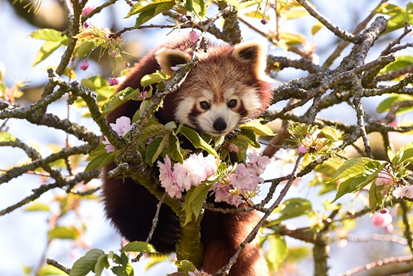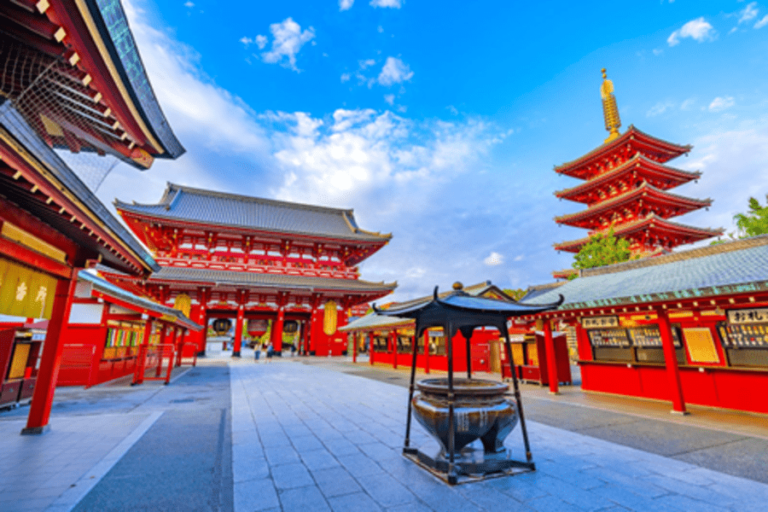Japan, a country celebrated for its rich cultural heritage and stunning landscapes, is also home to a diverse array of unique and fascinating wildlife. From the iconic red-crowned crane to the elusive Japanese giant salamander, Japan’s local species showcase the country’s commitment to conservation and the delicate balance between nature and modernity. In this exploration, we’ll delve into some of Japan’s most notable local species, each contributing to the nation’s vibrant ecological tapestry.
Japanese Macaque (Snow Monkey):
Renowned for their love of hot springs, the Japanese macaques, affectionately known as snow monkeys, inhabit the mountainous regions of Honshu, Shikoku, and Kyushu. Recognizable for their distinctive red faces and gray fur, these primates are a cultural symbol and a popular attraction for wildlife enthusiasts visiting Jigokudani Monkey Park in Nagano Prefecture.
Red-Crowned Crane:
The elegant red-crowned crane, or “tancho” in Japanese, is an iconic and endangered species. Known for their graceful appearance and intricate courtship dances, these majestic birds are often associated with longevity and good fortune in Japanese culture. The Tsurui-Ito Tancho Sanctuary in Hokkaido is a prime location for observing these magnificent cranes.
Japanese Giant Salamander:
Hiding beneath the cool, clear waters of Japan’s rivers, the Japanese giant salamander is a remarkable amphibian species that has roamed the country for millions of years. Known as “Ōsanshōuo” in Japanese, these elusive creatures are the second-largest salamanders globally and can be found in the waters of western Honshu, Shikoku, and Kyushu.
Japanese Serow:
The Japanese serow, or “Nihon kamoshika,” is a mountain-dwelling goat-antelope native to the dense forests of Honshu, Shikoku, and Kyushu. Recognizable by their distinctive facial markings and backward-curving horns, these sturdy herbivores are well adapted to the rugged terrain and play a crucial role in maintaining the ecological balance of their habitats.
Japanese Giant Hornet:
One of the world’s largest hornets, the Japanese giant hornet, or “suzumebachi,” is both feared and respected. Found throughout Japan, these formidable insects are known for their size, aggressive behavior, and potent venom. While they are a threat to honeybee colonies, they are also a fascinating aspect of Japan’s insect kingdom.
Japanese Rhinoceros Beetle:
The Japanese rhinoceros beetle, or “kabutomushi,” is a popular insect among Japanese children and beetle enthusiasts. Recognizable by their impressive horn-like structures, these beetles are often kept as pets and are even featured in beetle-fighting competitions. They can be found in forests throughout Japan, particularly during the summer months.
Japanese Spider Crab:
In the deep waters surrounding Japan, the Japanese spider crab reigns as the largest crab species on the planet. With leg spans that can exceed 12 feet, these colossal crustaceans are a marvel of marine biodiversity. They inhabit the Pacific Ocean around Japan and are often found in deep, cold waters.
Conclusion:
Japan’s notable local species contribute to the country’s rich natural heritage, emphasizing the importance of conservation and environmental stewardship. From the snow-covered mountains of Hokkaido to the crystal-clear rivers of Shikoku, each region offers a unique glimpse into the diverse and captivating wildlife that calls Japan home. As the nation continues to balance modern development with the preservation of its natural treasures, the importance of safeguarding these local species becomes increasingly apparent for future generations to cherish and appreciate.







